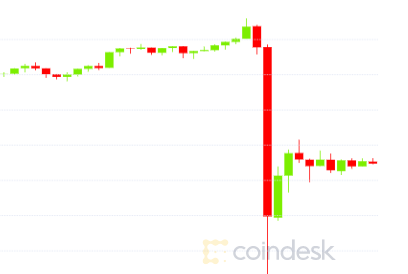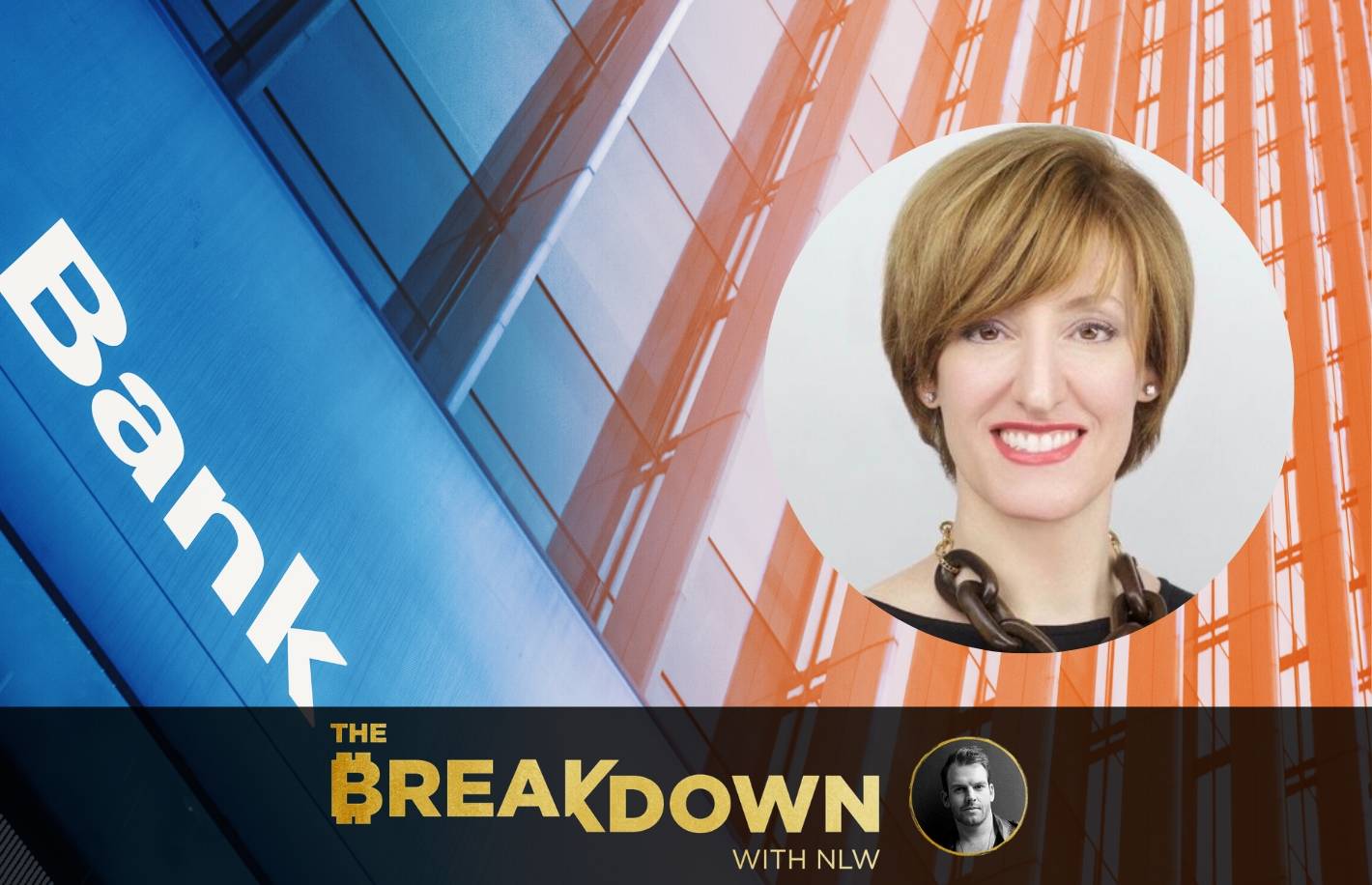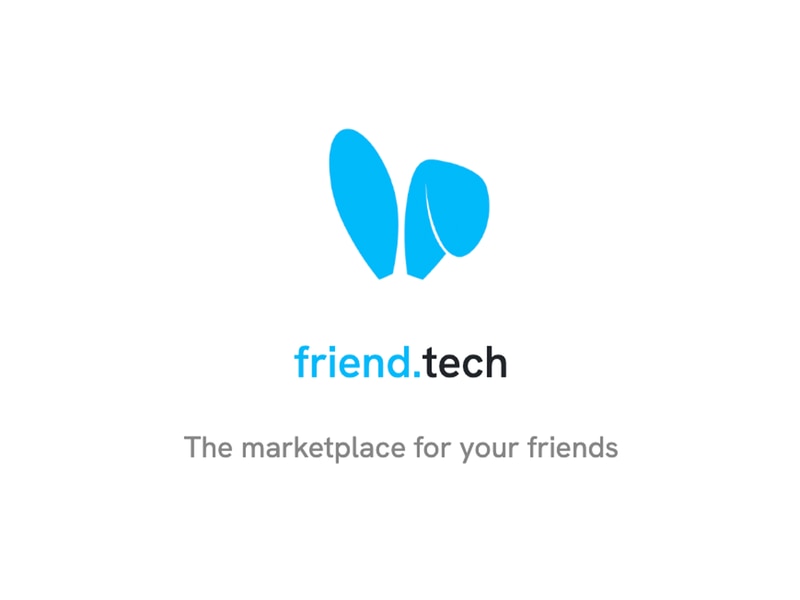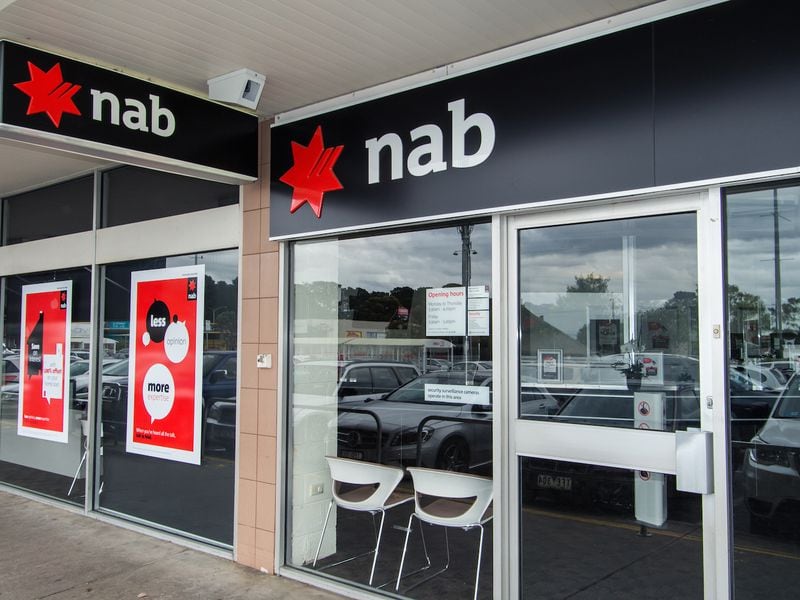Deutsche Bank and Standard Chartered Ventures Test SWIFT Killer for Stablecoins and CBDCs
-
The UDPN is an interoperability bridge between blockchains while applying battle-tested decentralized digital identity standards to participants, allowing transactions to happen in a bank-friendly and regulated environment.
-
The UDPN currently comprises about 25 organizations, including banks from the U.S, Australia, Latin America and Europe, running around ten proof-of-concept tests in parallel.
Deutsche Bank and Standard Chartered’s SC Ventures are testing a system that will allow blockchain-based transactions, stablecoins, and central bank digital currencies (CBDCs) to talk to one another, taking an approach similar to the SWIFT messaging layer in legacy banking infrastructure.
The banks are running a series of test cases, including transferring and swapping USDC stablecoins, on the Universal Digital Payments Network (UDPN), a permissioned blockchain system composed of validator nodes run by an alliance of banks, financial institutions and consultancies.
The system, created by tech consultancy GFT Group and Red Date Technology, co-founder of the Chinese Blockchain-Based Service Network (BSN), instructs and allows transactions to occur across a spectrum of networks, ranging from stablecoins on public blockchains to CBDCs.
There’s a relatively long history in crypto of banks and institutions banding together into consortia to try and agree on the best way to manage blockchain-based transactions in private settings. After some hype, these enterprise blockchains have garnered limited interest thus far.
Digital currencies provide both medium and message, questioning the need to run something like SWIFT messages in parallel. The answer, its creators say, is that UDPN acts both as an interoperability bridge between various types of blockchain networks while also applying battle-tested decentralized digital identity standards (DIDs) to participants, allowing for a bank-friendly and regulated environment.
“The UDPN is a network where the affiliation of members is permissioned. But the key thing here is that the transactions themselves are placed onto the underlying infrastructure, which includes permissionless networks,” Thorsten Neumann, CTO of SC Ventures, said in an interview.
For instance, when carrying out a cross-border currency transfer, the sending institution takes the tokenized value and transfers it into a smart contract managed by the UDPN, which will then release the intended target currency from that smart contract, Neumann said.
“There is almost a DeFi-type capability within a permissioned network. It’s important to note this is done without a central organization setting out something like a SWIFT message format,” he said.
The UDPN currently comprises about 25 organizations running around 10 proof-of-concept tests in parallel, according to Steffen Schacher, UDPN lead at GFT Group. That group includes banks from the USA, Australia, Latin America and Europe, he said.
The UDPN’s transaction nodes are where the magic happens, being connected to currency systems and currency pools,” Schacher said in an interview. “The way to envision it is each currency needs a transaction of its own, so to speak. This could be central banks in the future, owning transactions and operating CBDCs, or other financial institutions, or any other organization that is handling digital currencies, bringing it all into a regulated environment.”
Edited by Parikshit Mishra.









